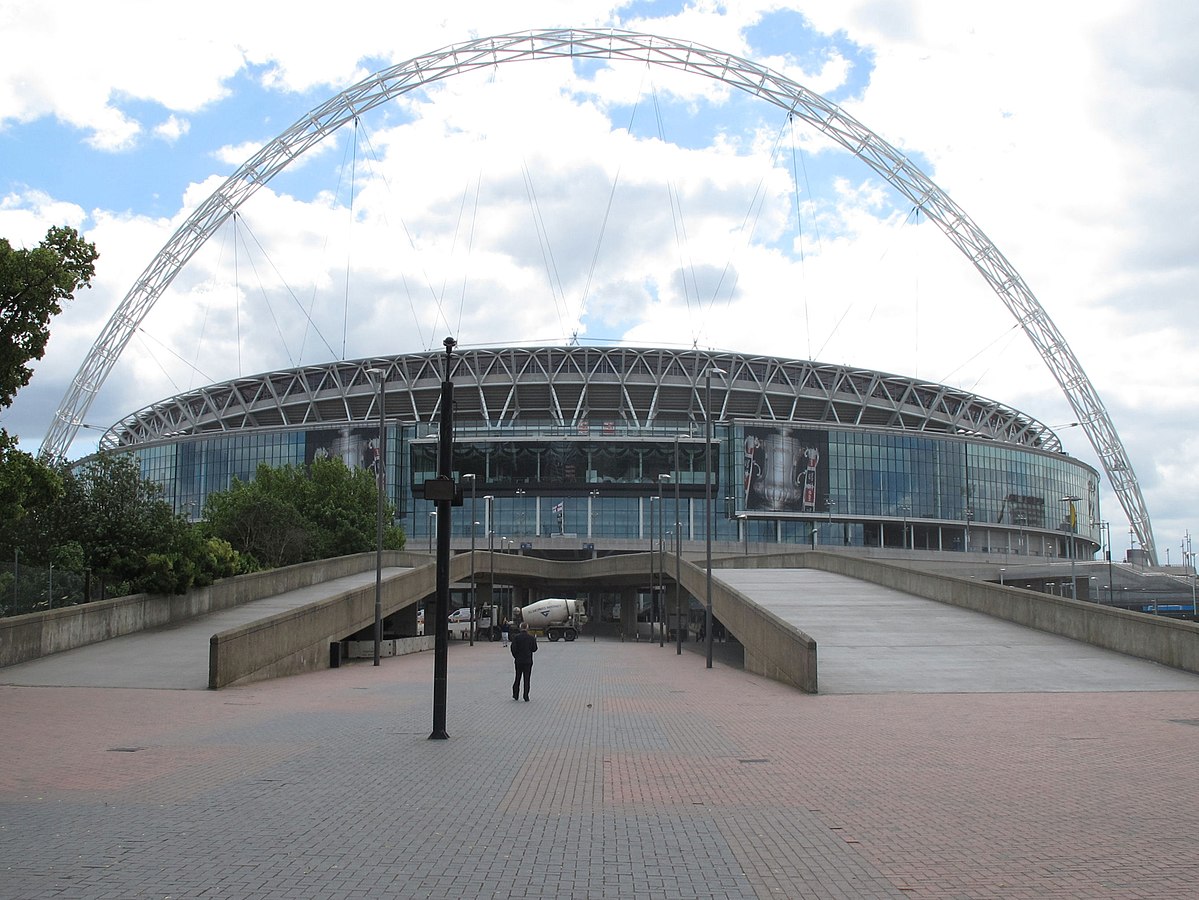Why Bukayo Saka should start against Italy
He’s been pictured riding a unicorn into English hearts and held aloft by teammates, carried like a king, but for Bukayo Saka the summer of 2021 really has been the stuff of fairy-tales.
From debates surrounding his place in the 23-man squad at the outset of the tournament, Saka’s aptitude for rapid development has seen him become the youngest English player to start in the semi-final of a major tournament. Add to this his characteristic humility and reported popularity among a completely fresh group of players and you get yourself a player who deserves nothing but praise.
Having made his U21 England debut just last September it is astonishing how quickly Saka has managed to carve out such an important role in the senior England squad. To Arsenal fans however, this rapid rise is perhaps less shocking, as after all he has carried their flagging team all year as their second-most used outfield player last season.
The versatility that Saka has demonstrated at Arsenal was just one of the traits that convinced Southgate of his value to the England setup. With centre-half and centre-forward the only two positions Saka has failed to make an appearance in at the North London club, he has demonstrated an ability to play both in the defensive line and a front three where he has found his place for England.
The experience such a starring role has afforded Saka has provided him with the minutes to build confidence and gain a tactical maturity rarely seen among players his age. It is exactly this exposure, while raising worries of potential burnout, that has contributed to the impressive displays he has treated the nation to during the summer.
Overlooked in England’s first group games as an unused substitute versus Croatia and not even making the squad against Scotland, his absence caused little shock. The likes of Mason Mount, Phil Foden and Jadon Sancho held more expectation to emerge as England’s wonderkid.
Given the opportunity, though, Saka has shown that he not only deserves the acclaim afforded to these players but that he is more than capable of taking their spot in the first eleven. Starting the game against the Czech Republic alongside Grealish and Sterling, the Arsenal youngster picked up the Man of the Match award and demonstrated exactly what he was capable of.
His involvement in the sole goal of the match was exemplary of his danger and directness when carrying the ball. Saka’s surging run through the right-centre of the pitch involved a quick exchange with Phillips, culminating in a dink across the box to Grealish, who ended up serving a peach of a cross for Sterling’s goal, a move that underlined the attacking threat Saka can provide.
This performance warranted Southgate to continue to utilise him against Germany as he opted for a front three of Sterling-Kane-Saka. Following this he was only left out of the squad to face Ukraine after suffering a dead leg and was duly back in the line-up against Denmark.
It is his directness and dribbling ability that suits the front three that Southgate has opted for so well
Again, Saka impressed. After a nervy start (though who would blame him in the biggest game of his career to date), he played a key role in England’s resilience to going a goal down.
Up against Maehle, a player who had consistently performed at the Euros, Saka played a significant role in England’s plan to attack down the right and target the space behind Maehle. His key contribution, following a perfectly weighted ball from Kane, came as he passed the ball across the box into the path of Sterling, forcing a Kjaer own goal to get England back on track.
It is his directness and dribbling ability that suits the front three that Southgate has opted for so well. His close control means he never looks like to lose the ball, often drawing fouls from opposition defenders. In this respect he has earned his place over Foden, with his pace and runs in behind when operating on that right-hand side.
His defensive contribution cannot be overlooked either, always willing to get back it is perhaps this trait that places him above others for selection.
While Grealish, a popular shout to start, has incredible attacking intent, his contribution in defence is not quite in keeping with the solid foundations Southgate has set up. Saka, on the other hand, experienced as a wing-back, consistently tracks back to cover and carries out his responsibilities in the press well.
Saka has offered balance to the attack and, in just three games, has put himself in strong contention to start the final. His achievements so far deserve plaudits and should have secured the respect of all England fans in an acknowledgement of his brilliance for a player so young.
A start in the final would set him apart further still. Teenagers seldom are given the trust to perform in a major final for their national team but if anyone has the maturity to deliver it’s Saka.
As t-shirts are printed with Saka and his inflatable unicorn; as debates over selection and tactics are rife; and as England’s men prepare for their first major tournament final since 1966, Saka will hope he can add a third Wembley triumph to his honours.
Saka has displaced fan favourites from the starting XI and the qualities that he can bring from the outset provide strong reason to include him on Sunday. Regardless, Saka has had a tournament to remember.

Comments